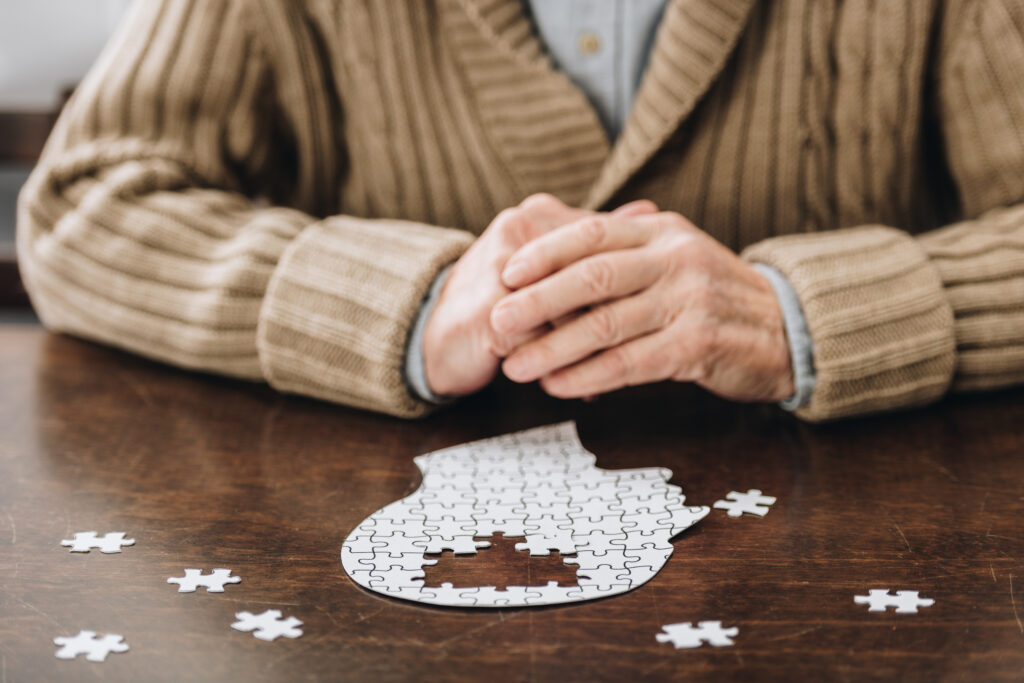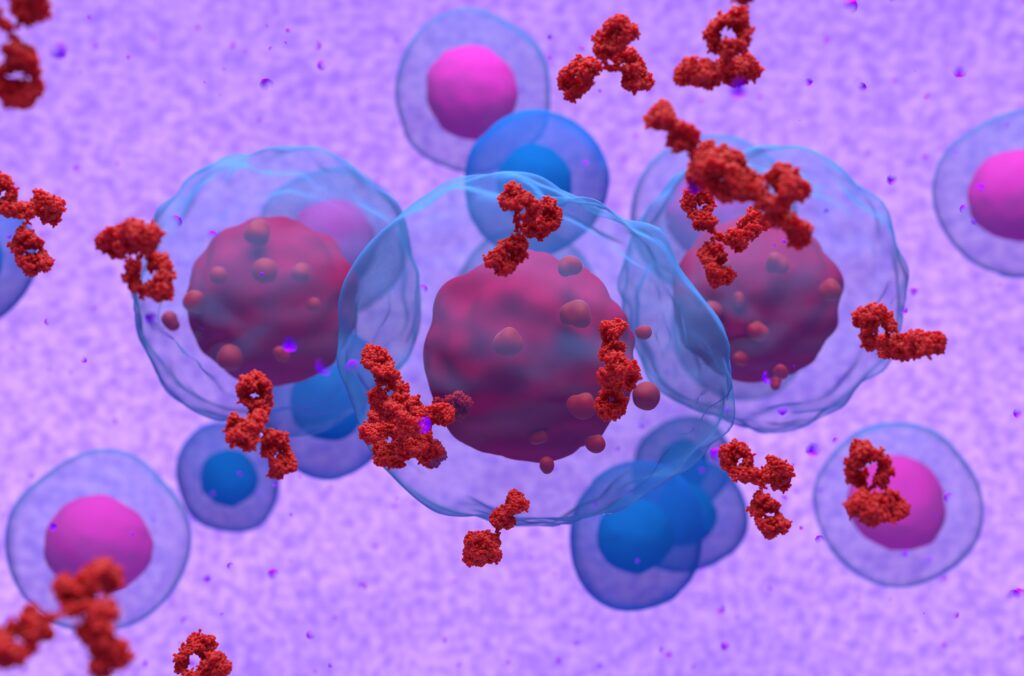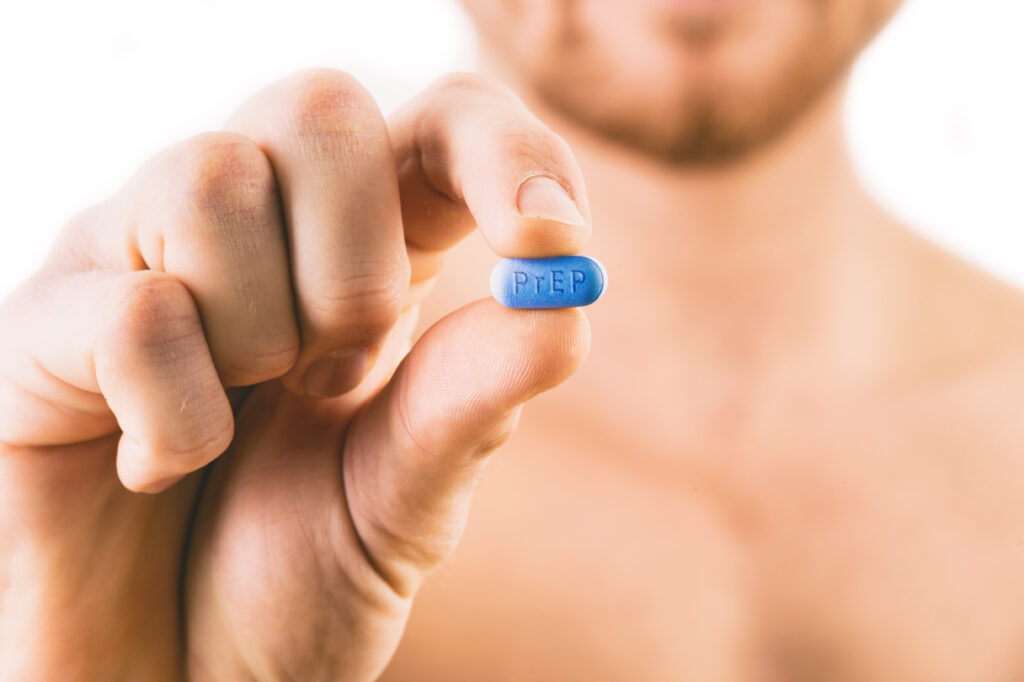
Poor blood circulation can lead to serious health problems such as blood clots and infected skin ulcers. That’s why it’s essential to report any symptom of poor circulation to a doctor right away.
A common warning sign is cold feet and hands, but it can also include tingling sensations in the legs or arms. It’s best to get these symptoms checked out right away by a vascular specialist.
1. Muscle Cramps
Muscle cramps are a common warning sign that blood isn’t flowing properly. They typically occur in the legs and feet, especially if you’ve been sitting or standing for long periods of time. This is because poor circulation causes blood vessels to narrow and limit the flow of oxygenated blood to these areas.
Cold hands and feet can also be a sign of circulatory problems. This is because when the body can’t supply enough blood to the extremities, they become numb until blood returns. This is commonly caused by conditions like diabetes and Raynaud’s disease, but it can also be the result of smoking or a sedentary lifestyle.
Fatigue can be a sign of poor blood flow as well. When the body isn’t getting sufficient amounts of blood, it can cause fatigue even when resting. Poor circulation can also affect the digestive system, causing gastrointestinal issues. If your symptoms don’t improve, you should consult a healthcare professional about how to correct them.
2. Tingling
Keeping your circulatory system healthy is essential for good health. It ensures that your organs get the oxygen and nutrients they need to function properly. You can protect your health by recognizing warning signs like tingling in your feet and legs, which can indicate poor blood circulation.
Your blood vessels transport blood rich with nutrients to every part of the body. The arteries carry the blood, while the veins return it back to the heart. They are designed to work together, but a condition called peripheral neuropathy can slow down your circulatory system and cause problems.
This condition causes your arteries and veins to narrow, causing a reduction in the flow of blood. It also affects the nerves that send information to your brain. The symptoms include tingling in your feet and legs, and the pain can become severe. If left untreated, the problem can lead to serious complications including blood clots, nerve damage, and infections.
3. Cold Hands and Feet
The fingers, toes, feet and arms are considered the extremities of the body and can show symptoms of poor circulation. If you have cold hands or feet, it could be a sign of a disease that restricts blood flow, such as Raynaud’s phenomenon. This causes attacks that narrow the small arteries in the extremities, which then limits the supply of blood. If this continues over time, it can lead to gangrene and other life-threatening conditions.
You’ve likely experienced this type of temporary, situational poor circulation, such as when you fall asleep on your arm or sit in an uncomfortable position for too long. However, if you’re experiencing these symptoms on a regular basis, it may be a sign of an underlying condition or disease. The best way to identify the cause is to consult your doctor. Numbness or a pins and needles sensation in the feet, legs or arms is also a warning sign. This can signal a blockage in the arteries that restricts blood flow.
4. Swelling
If you notice that your feet, hands and ankles seem to swell up often — especially after prolonged periods of standing or sitting — it could be an early warning sign that you’re suffering from poor circulation. This is a symptom that occurs when the body has to prioritize sending blood to essential organs, leaving the lower extremities without adequate oxygen supply.
Swelling is also a common symptom of blood clots that block the flow of blood, and can result in sores on your legs or arms that take a long time to heal. Poor circulation can also affect your digestive system by causing you to experience chronic abdominal pain and diarrhea.
The earlier you address the signs of poor circulation, the sooner your condition can be treated. If left untreated, you may experience more severe symptoms like blood clots, which can lead to limb loss and even death. To get your symptoms under control, you can work with your doctor to make positive lifestyle changes and adopt a healthier diet.





